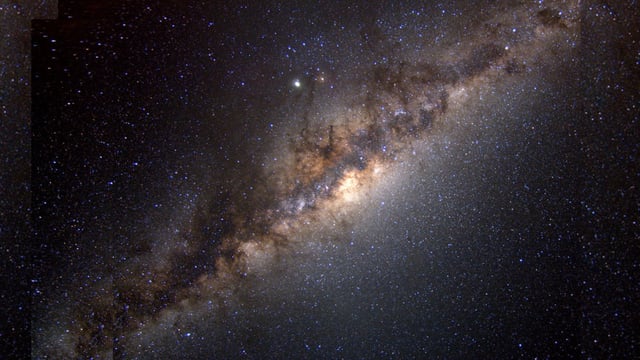Overview
- The stars, dubbed SASS stars, are believed to have originated from small, primitive galaxies absorbed by the Milky Way.
- These stars are among the oldest known, dating back to just 1-2 billion years after the Big Bang.
- Their unique retrograde motion and low metal content helped researchers identify them.
- The discovery was made through the MIT Observational Stellar Archaeology course using data from the Magellan-Clay telescope.
- The findings suggest more ancient stars may be hidden in the Milky Way, offering a 'fossil record' of galactic evolution.


